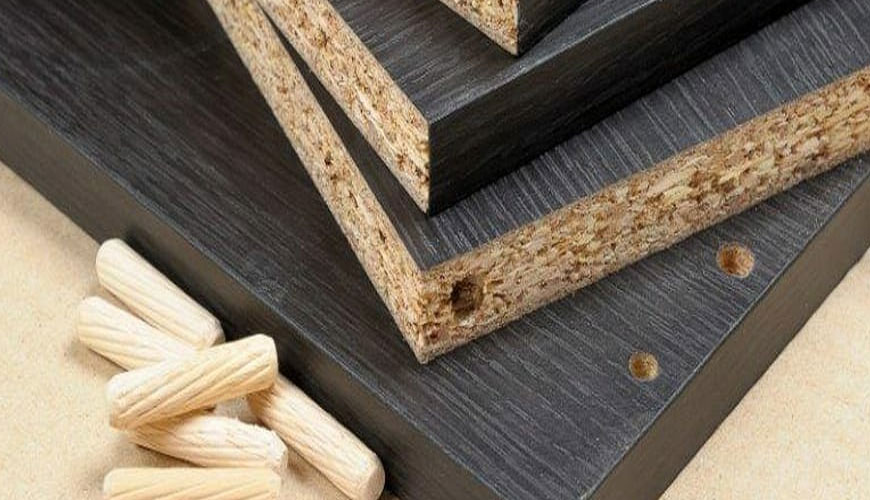

In the “ASTM D6007-22 Standard test method for determining airborne formaldehyde concentrations from wood products using a small-scale chamber” developed by the American Society for Testing and Materials (ASTM), it is stated that the airborne formaldehyde concentrations emitted by wood product test samples under defined temperature and relative humidity test conditions are determined. A test method for determining

Results obtained from this small-scale chamber test method are comparable to results obtained from testing larger samples of wood products with the test method described in ASTM E1333-10 Standard test method for determining airborne formaldehyde concentrations and emission rates from wood products using a large chamber. It is intended to be.
The amount of formaldehyde in an air sample taken from the small room is determined by a modification of the NIOSH 3500 chromotropic acid test procedure. As this test method is in the ASTM E1333-10 standard, other analytical procedures may be used to determine the amount of formaldehyde in an air sample, provided that these methods yield results comparable to those obtained using the chromotropic acid procedure. However, test results must be appropriately qualified and the analytical procedure used must be accurately described.
Wood-based panel products to be tested with this testing method are used for characteristically different applications and are tested at different relative amounts or loading rates to reflect the different applications. This is a testing method that specifies testing at various loading rates for different product types. However, the test results and test report must be appropriately qualified and specify the make-up air flow, sample surface area, and chamber volume.
Ideal candidates for small-scale chamber testing are products that are relatively homogeneous in their formaldehyde release properties. Nevertheless, product inhomogeneities are taken into account when selecting and preparing samples for small-scale chamber tests.
ASTM D6007-22 standard establishes upper limits on formaldehyde emission rates for wood panel building products produced with formaldehyde adhesives and permanently installed in homes or used as components in kitchen cabinets and similar industrial products. This testing method is also used to monitor products for compliance with relevant regulations and formaldehyde emission standards for composite wood products. This testing method provides a means for testing smaller samples and reduces the time required for testing.
Formaldehyde concentration levels obtained with this small-scale method may differ from those expected in full-scale indoor environments. Changes in product loading, temperature, relative humidity, and air exchange affect formaldehyde emission rates and therefore possibly formaldehyde concentrations in indoor air.
This test method requires the use of a chamber of 0,02 to 1 m3 in volume to evaluate the concentration of formaldehyde in air using the following controlled conditions:
All types of wood, and therefore all wood products, contain and emit small amounts of formaldehyde. Since formaldehyde occurs naturally in wood, there is no such thing as formaldehyde-free wood. For example, an oak tree emits 0,009 parts per million (ppm) of formaldehyde. On its own this is a very low amount, but it shows that any wood cut from oak contains a small amount of formaldehyde, as do all wood products.
Among the numerous testing, measurement, analysis and evaluation studies carried out for businesses in various sectors, our organization, with its trained and expert staff and advanced technological equipment, has developed "ASTM D6007-22 Standard test method for determining formaldehyde concentrations in the air coming from wood products using a small-scale room." It also provides testing services in accordance with the ” standard.
To get an appointment, to get more detailed information or to request an evaluation, you can ask us to fill in our form and reach you.